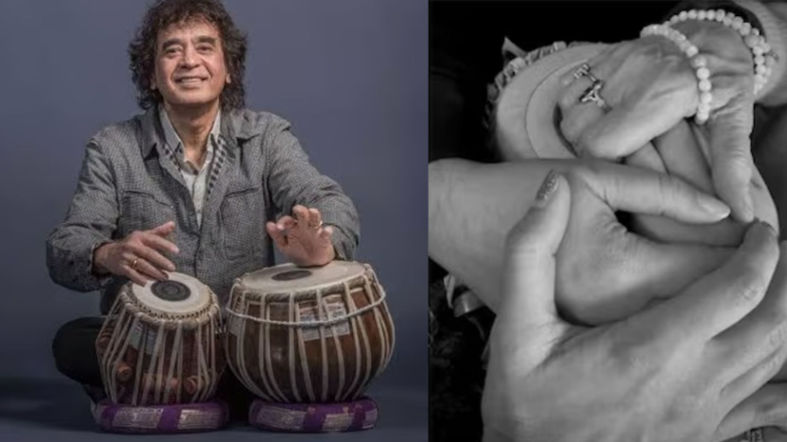After his mother Queen Elizabeth II died on September 8, 2022, King Charles III ascended to the British throne, becoming monarch of not only the United Kingdom, but also Australia, Canada, New Zealand, and eleven other countries.
Let’s find out who will ascend the throne after King Charles III. The British monarch’s succession rules are briefly summarized below:
WHO IS NEXT?
According to the British constitution, a sovereign succeeds to the throne the instant his or her predecessor dies, before being declared to the people, hence there is no interregnum.
The rules, most of which date back hundreds of years, state that the crown falls to the monarch’s eldest child, and the line is then determined by birth order and proximity to the current sovereign.
So Charles’ eldest son, Prince William, is the successor to the throne, followed by William’s eldest son, Prince George, and his younger children, Charlotte and Louis.
Prince Harry, Charles’ younger son, and William’s sibling, is the next in line.
However, there are exceptions to these rules, as outlined in the 1689 Bill of Rights and the 1701 Act of Settlement.
The latter was passed to preserve a Protestant line of succession while excluding a Roman Catholic from ever becoming queen. It also required the king to promise to support the Church of England and the Church of Scotland.
The 2013 Succession to the Crown Act changed these laws such that gender was no longer an issue, effectively terminating the male primogeniture system that resulted in a younger son becoming monarch ahead of an elder sister.
It also removed the ban that prevented anyone who married a Catholic from becoming king or queen. However, it did state that any of the first six people in line for the throne must obtain the monarch’s consent before marrying.














